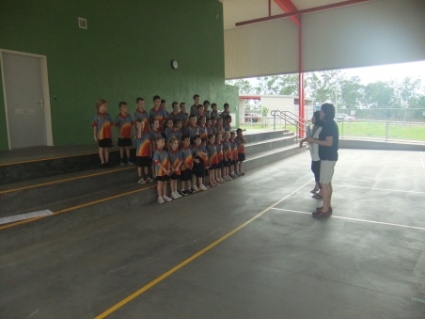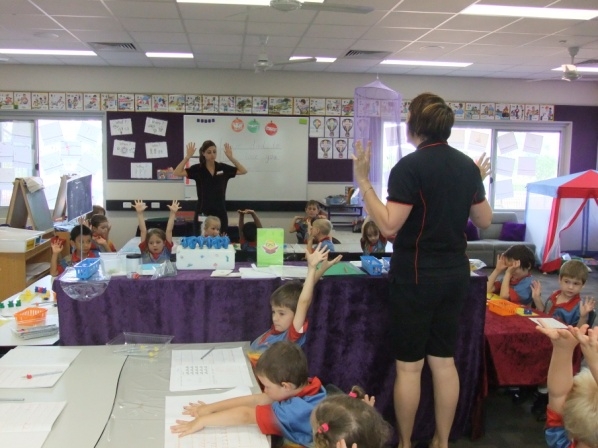At Rosebery, almost all of our teachers are co-teaching. Co-teaching is defined as '...two or more people sharing responsibility for teaching some or all of the students assigned to a classroom. It involves the distribution of responsibility among people for planning, instruction, and evaluation for a classroom of students.' ('A Guide to Co-Teaching' by Villa, Thousand, Nevin, 2008)
Enhancing this definition, Rosebery staff have further defined a co-teaching team as two or more people who exhibit:
- A united approach towards achieving educational outcomes for all learning
- Positive Interdependence
- The same beliefs/vision
- Trust
- Collaboration and understanding
- Professionalism
According to Villa, Thousand, Nevin, co-teaching may offer the following beneficial outcomes:
- Students develop better attitudes about themselves, academic improvement and social skills.
- Teacher-to-student ratio is increased, learning to better teaching and learning conditions.
- Teachers are able to use research-proven teaching strategies effectively.
- A greater sense of community is fostered in the classroom.
- Co-teachers report professional growth, personal support, and enhanced motivation.
- Increased job satisfaction can be experienced because needs for survival, power, freedom and choice, a sense of belonging, and fun are met.
At Rosebery, we firmly believe that the effort required by co-teaching is worth it because it results in happier and more successful children as well as more competent and confident staff. Co-teaching provides a vehicle for teachers and students to move from feelings of isolation and alienation to feelings of community and collaboration. In other words, the lone arranger model of teaching is replaced with a co-teacher model.



